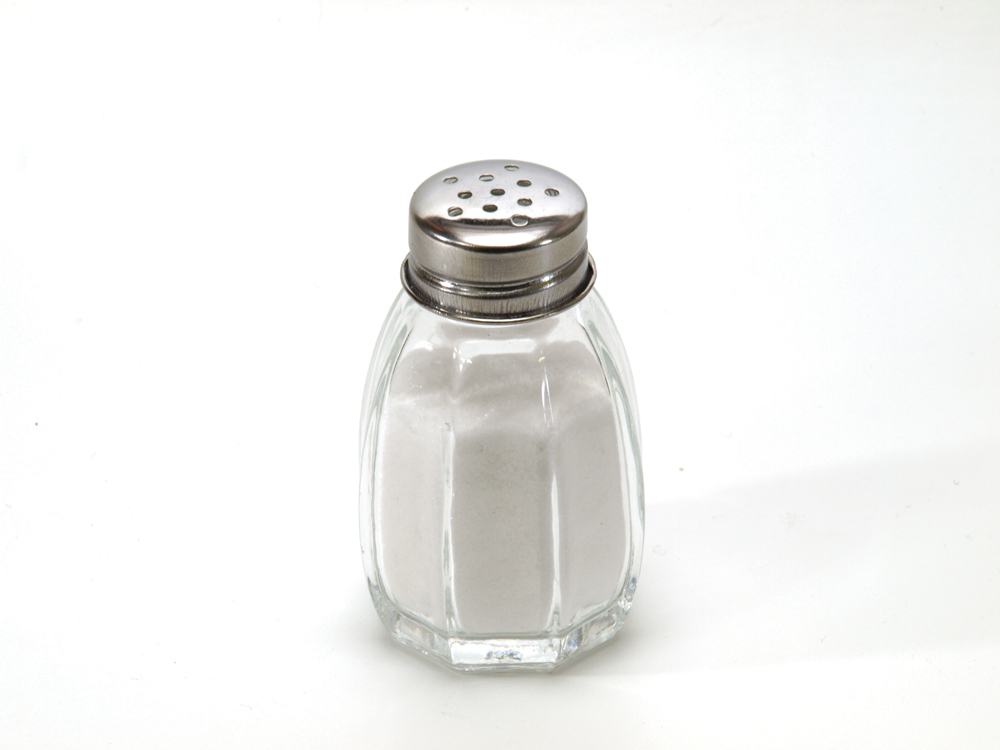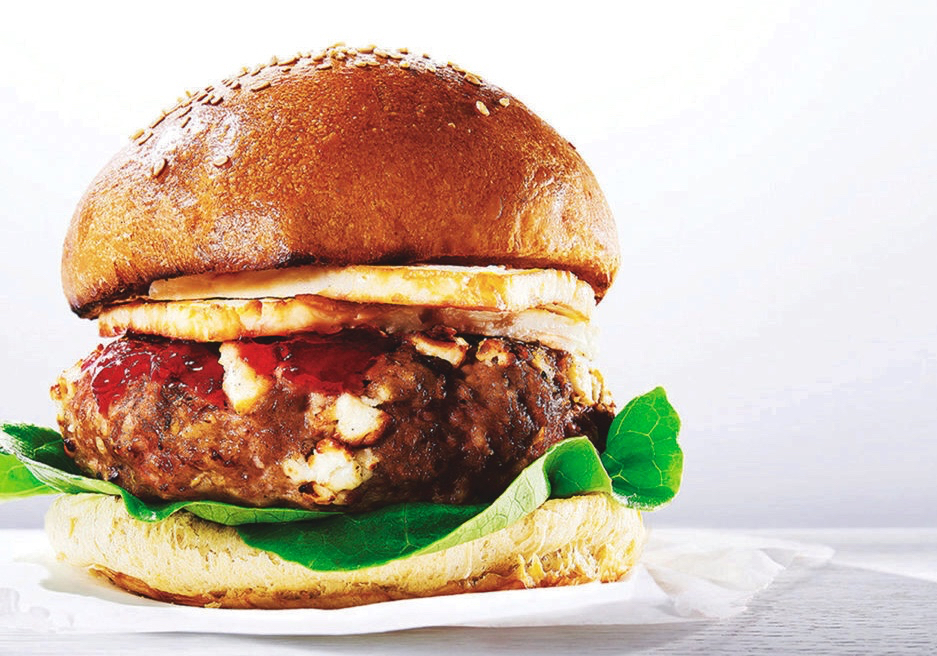Which shaker gets filled with salt and which gets pepper?” my daughter asked one day. She was examining small ceramic rabbits dressed in pastel-coloured spring attire.
“Fill the one with three holes with salt and the one with two with pepper,” my husband responded.
‘Filling the three-holed shaker with pepper might be better for our health,’ I thought to myself.
The rabbit shakers were the latest ones I added to my salt and pepper shaker collection. I couldn’t resist. Looking at my salt and pepper shakers reminds me of people who gave them to me.
Read Also

Cooking fish of Manitoba: Keep your catch fresh and tasty for the table
Fishing in Manitoba provides mouthwatering meals, assuming anglers handle, process and cook their fish properly before sitting down to eat. Here’s how, with recipes and fish preparation tips.
I have a couple of sets of bird salt and pepper shakers from my great-aunt. She had hundreds, if not thousands, of salt and pepper sets in curios and cabinets all over her house. I loved to look at them every time I visited.
I came upon a set of sparrows that were my aunt’s. When I was five or six years old, I kept adding salt and pepper to my food repeatedly during a meal because I wanted to hold these ceramic cream-coloured birds with gold trim. She wrapped them up and sent them home with me.
Some might think it odd that a person in nutrition would collect salt and pepper shakers. We spend quite a bit of time recommending that people consume less sodium.
Most of our sodium intake, however, is not from salt shakers. Only about 10 per cent of the sodium in our diet comes from the salt added at the table. Most of the rest of the sodium (75 per cent) comes from processed dinner mixes, snacks, canned soups and condiments, including ketchup. Some sodium is naturally present in foods, such as meat and milk.
We need some sodium in our diet. Sodium is a mineral naturally found in our bodies and the foods we consume in the form of sodium chloride, or table salt.
Sodium helps regulate our body fluids and blood pressure. However, too much sodium can lead to water retention, which can raise blood pressure in some people.
Increased blood pressure can damage the inner lining of your arteries. Through time, the increased pressure can weaken spots in vessels, which could bulge or even rupture. High blood pressure is linked to strokes and kidney failure.
Yes, that is scary stuff. The good news is that blood pressure can be managed through medication, diet and/or lifestyle changes such as increased exercise. You need to know your blood pressure numbers. Check out the “Heart 360” online tool from the American Heart Association, to manage your heart health.
Does table salt have any positive features? Yes, iodized salt provides another needed element: iodine. Iodine is a trace mineral needed for the normal functioning of the thyroid gland, which helps regulate metabolism, among other roles. Iodine deficiency can show itself as fatigue, weight gain, and cold hands and feet. Being iodine deficient during pregnancy may increase the risk for having a child with mental disabilities.
People with an iodine deficiency may have an enlarged thyroid gland or goitre on their neck. Until the widespread addition of iodine to salt, goiters were fairly common in the U.S. The salt used in many processed foods is not iodized, so be sure to use iodized salt in your food preparation.
Check out the nutrition facts labels on the foods you buy. The American Heart Association recommends that we consume 1,500 milligrams of sodium or less. The recommendation in Canada is similar. Health Canada’s website recommends that people over the age of one year eat between 1,000-1,500 mg sodium per day.
Sometimes reduced-sodium versions of food are available. A product labelled “reduced sodium” has one-fourth less sodium than the original version. A produce labelled “low sodium” has 140 milligrams or less sodium per serving. Cured meat, cheese, canned vegetables, grains, salad dressings and certain seasonings (such as onion salt and taco seasoning mix) often are high in sodium.
If you really enjoy “salty” food, have a smaller portion. You can drain the liquid from canned vegetables and replace the liquid with plain water to reduce the sodium instantly by as much as 40 per cent.
Here’s a tasty dessert that is sodium free. You might be tempted to consume the entire recipe. If you do, be sure to double the nutrition information.
Apple Crisp for Two

- 1 large Granny Smith apple
- 1 tsp. lemon juice
- 2 tbsp. brown sugar
- 2 tbsp. quick oats
- 1-1/2 tbsp. flour
- 1/4 tsp. cinnamon
- 1 tbsp. butter
- Optional toppings (ice cream, whipped topping)
Rinse, peel and thinly slice apple, place in microwave-safe dish (ramekin, bowl, etc.) and toss with lemon juice. In a separate bowl, combine the remaining ingredients, using a fork to cut in the butter for the crumb topping. Place the crumb topping on the apple slices. Microwave the mixture for 60 to 90 seconds until apple slices are tender. Divide in half and serve plain or with a scoop of vanilla ice cream or whipped topping.
Makes two servings. Each serving has 185 calories, 7 grams (g) fat, 1.5 g protein, 33 g carbohydrate, 3 g fibre and 0 milligrams sodium.



















